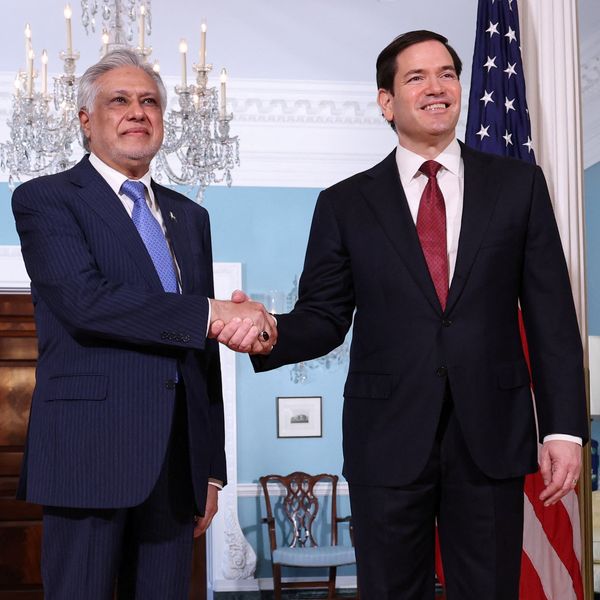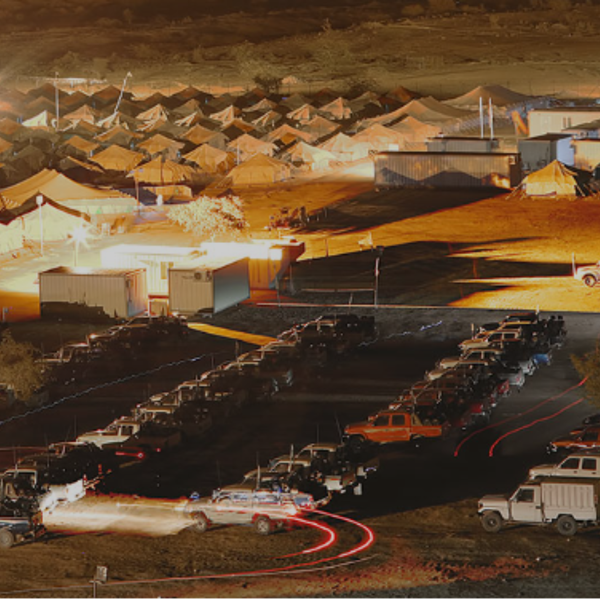New ICMA study exposes stark per capita gaps in Pakistan's provincial budgets
Punjab lags far behind Sindh and KP in health and development spending
Business Desk
The Business Desk tracks economic trends, market movements, and business developments, offering analysis of both local and global financial news.

Reuters
A new analysis by the Institute of Cost and Management Accountants of Pakistan (ICMA) has revealed stark per capita disparities in provincial budgets for fiscal year 2025-26, highlighting deep-seated regional inequalities and underfunding in essential public sectors such as health, education, and welfare.
According to the ICMA Research and Publications Department, while Punjab, Sindh, and Khyber Pakhtunkhwa lead in overall budget size, their per capita allocations tell a different story. Punjab, with nearly 128 million residents, allocates only PKR 9,711 per person for development—less than half of Sindh’s PKR 18,278 and well below KP’s PKR 13,388.
Per capita healthcare spending follows a similar trend. Punjab’s health allocation stands at just PKR 4,938 per person, compared to PKR 6,856 in Sindh and PKR 6,769 in KPK. Analysts warn these disparities translate into real differences in access to services and quality of life across provinces.
Smaller regions such as Azad Jammu & Kashmir and Gilgit-Baltistan report higher per capita allocations, largely due to their smaller populations. AJK spends PKR 14,283 per person on education, while GB allocates PKR 24,784 per person for development.
However, ICMA cautions these figures may appear inflated and do not reflect high absolute spending.
Social welfare spending remains alarmingly low nationwide. Most provinces allocate less than PKR 500 per person for welfare programs, with GB spending just PKR 8.9, underscoring a national shortfall in poverty alleviation and social protection.
The report also highlights underperformance in meeting International Monetary Fund (IMF) fiscal benchmarks. Provinces are falling short in generating own-source revenues, particularly from agricultural income tax, a persistently underutilized revenue stream. Meanwhile, the combined provincial cash surplus of PKR 1,082 billion is significantly below the IMF target of PKR 1,500 billion, raising concerns about the overall fiscal balance.
Sectoral priorities also vary widely. Agriculture receives significant attention in Punjab and Sindh, while information technology (IT) remains underfunded across most provinces. Balochistan is a notable exception, allocating PKR 12.6 billion for digital development, positioning itself as a potential leader in the country’s digital transformation.
Despite recent macroeconomic gains, including improved federal tax collection and a Fitch Ratings upgrade of Pakistan’s credit rating to ‘B minus’ with a Stable Outlook, ICMA stresses the need for urgent reforms at the provincial level.
“This analysis highlights not only the inefficiencies in current budget allocations but also a roadmap for more equitable development,” the report states. ICMA urges policymakers to rethink budget priorities, with a focus on equitable access to healthcare, education, welfare, and infrastructure across all regions.










Comments
See what people are discussing